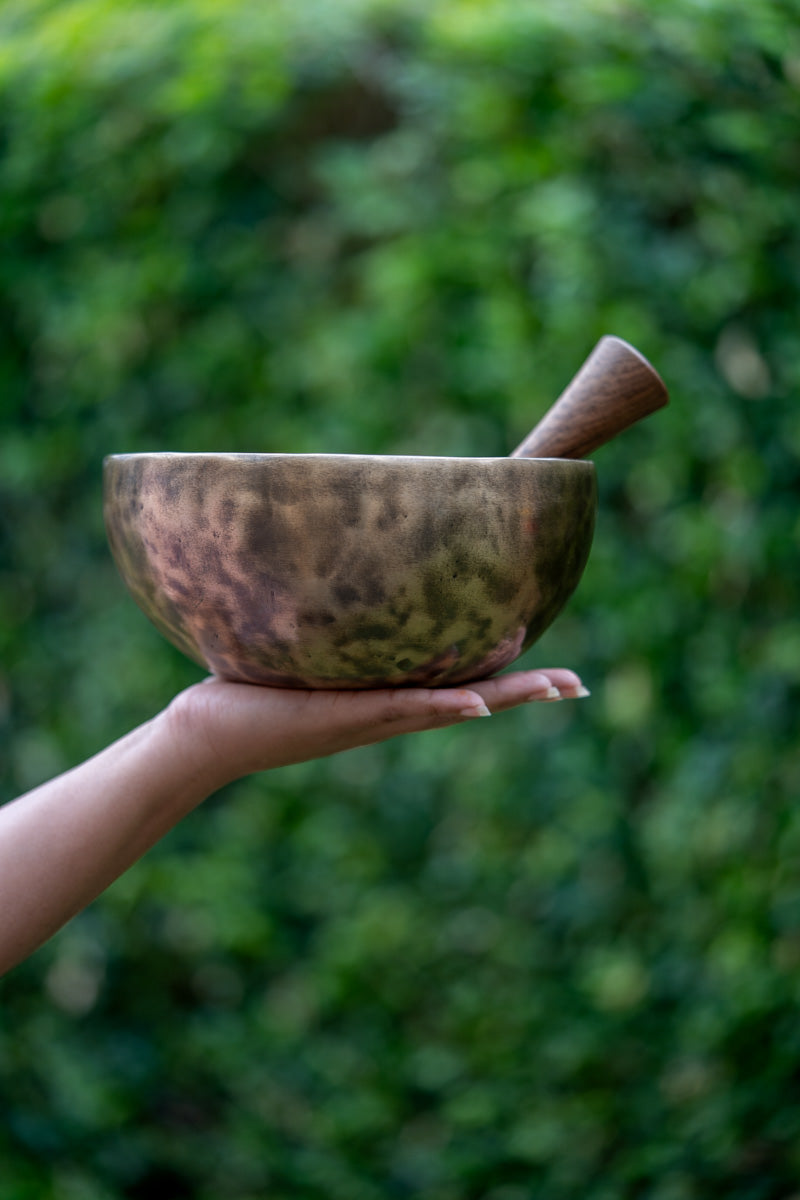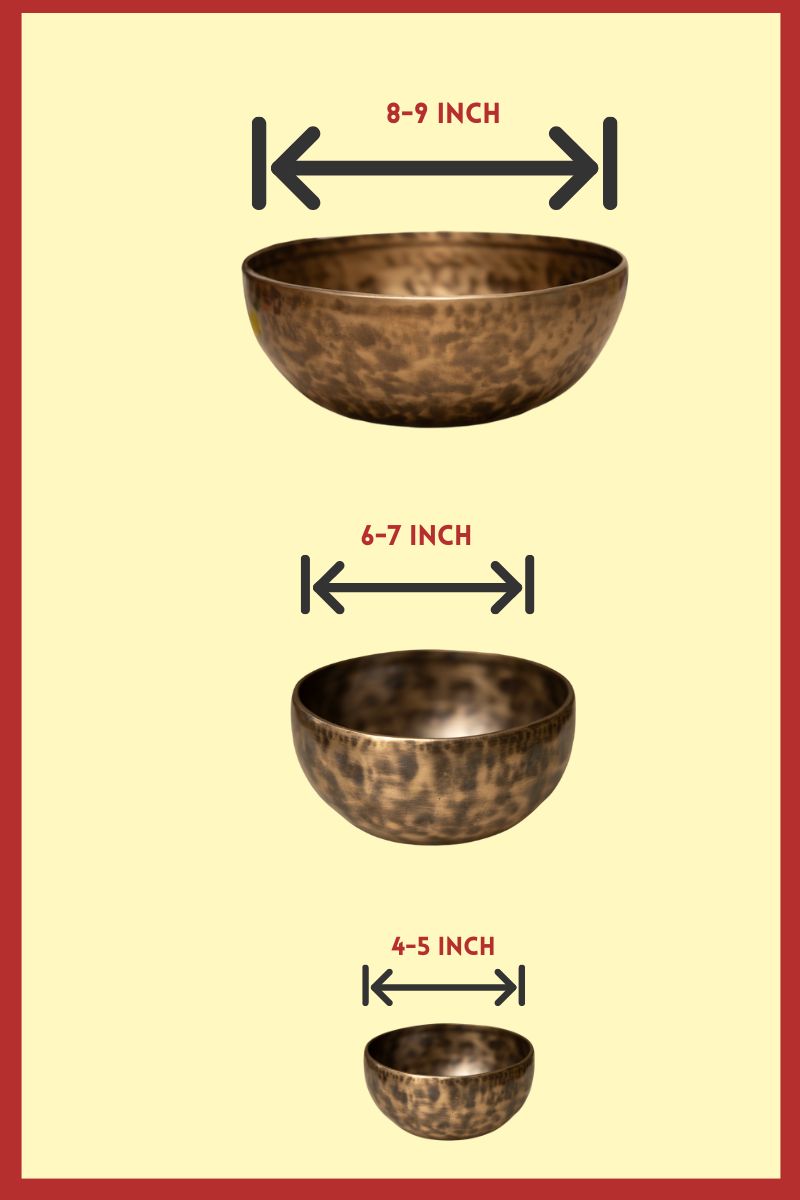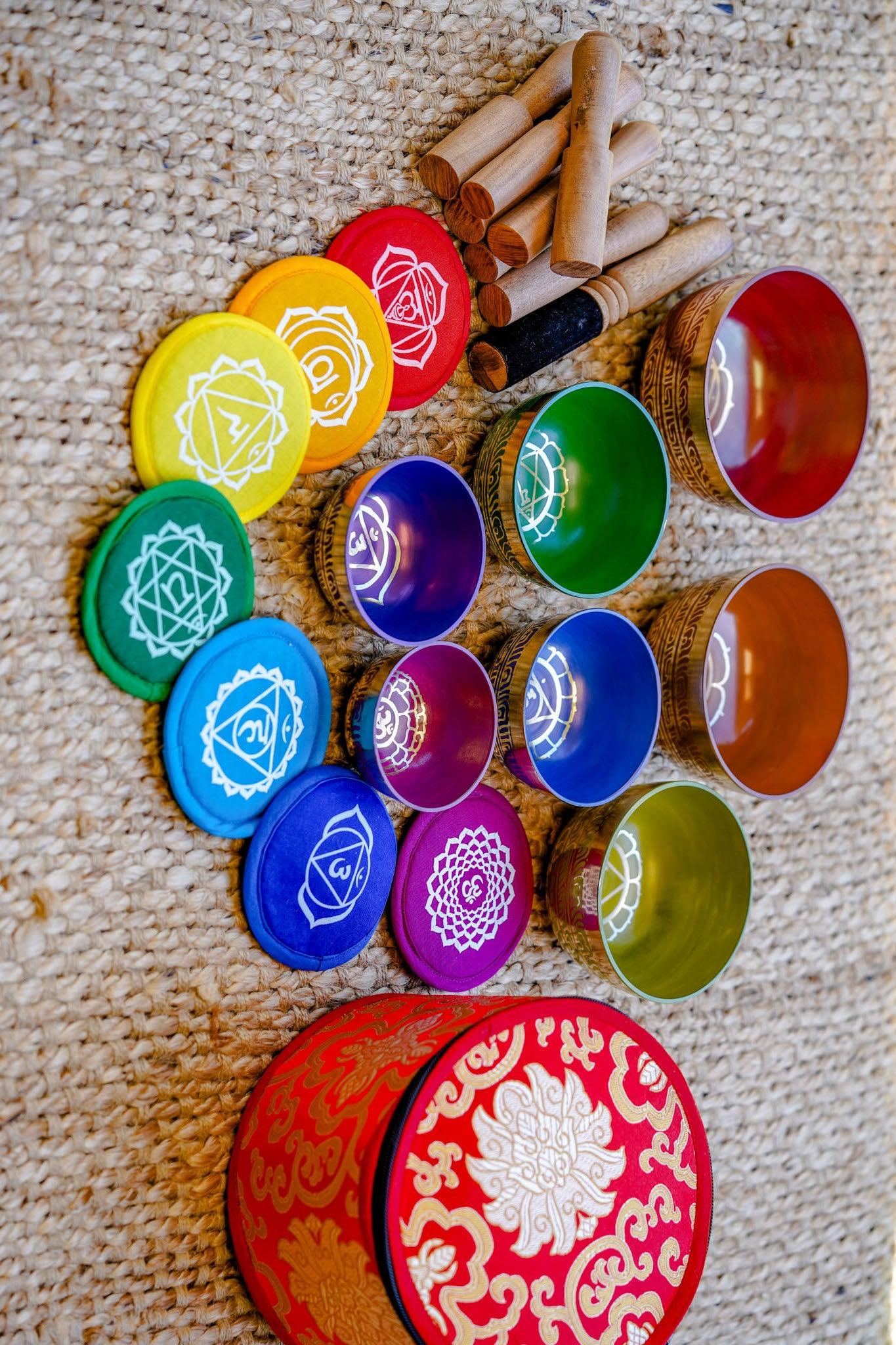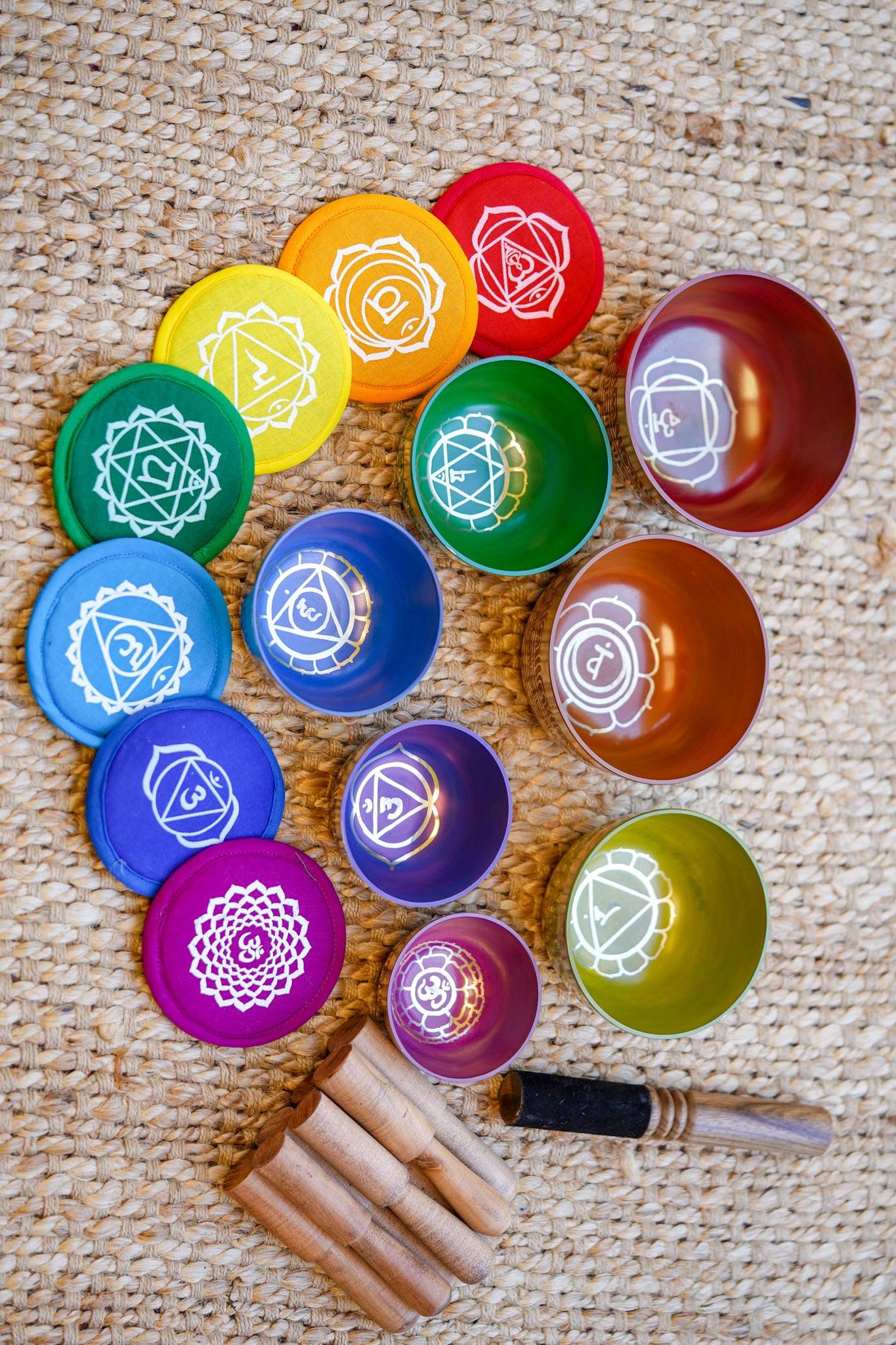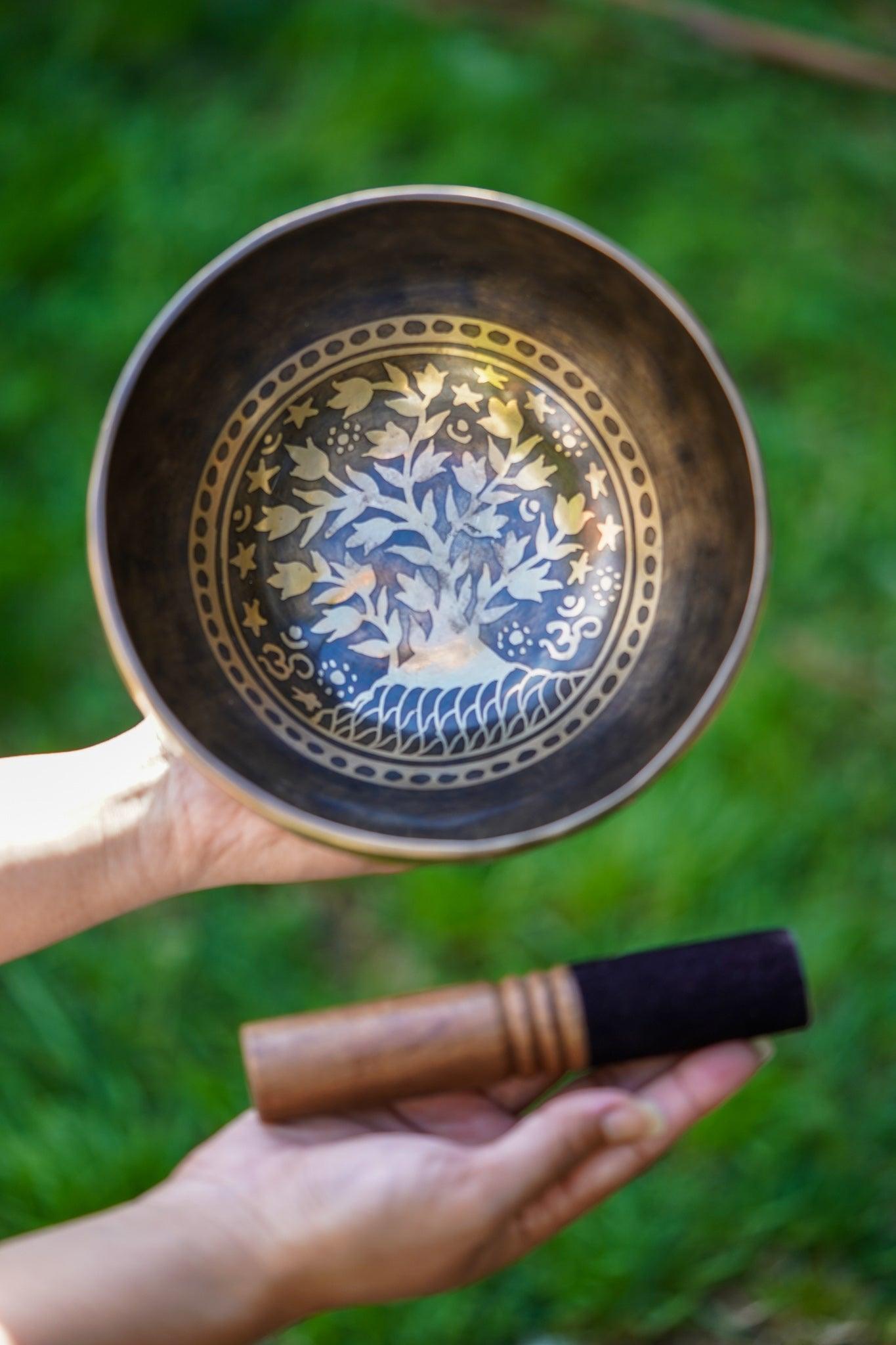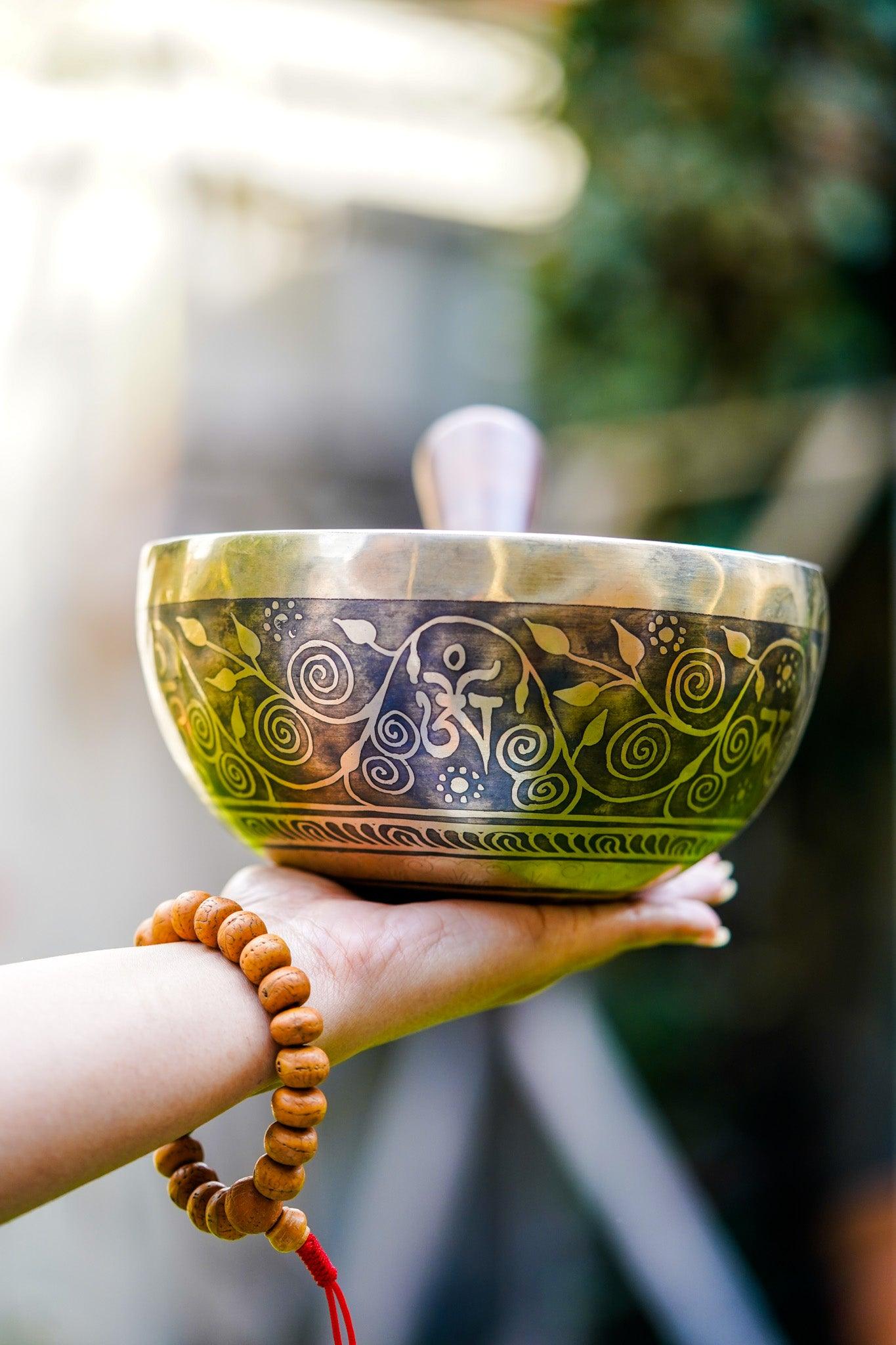Mahakala is one of the most popular Wrathful form deity in Hinduism and Buddhism. “Maha” means great and “kala” means time/death” which means ‘beyond time or death”. He is the Dharma protector and known as eight protective deities from trantic buddhism's. In Japan Mahalkala is Shingon (Japanese Esteric Buddhism), and in Tangmi (Chinese Esoteric Buddhism). This deity is popularly known as “Daikokuten” or “Daheitian” the protector deity - “Dharmapala” and another form of “Avalokiteshvara”. In Hinduism he is the manifestation of the Lord Shiva and the consort of Goddess Mahakali.

Mahakala is the integral part of Tibetan Buddhism and appear in different forms and colors that symbolizes his different aspects. The most common Mahakala is the six hand Mahakala , he is the obstacle remover in our practice. The two-armed Black Mahakala is the emanation of Avalokiteshvara (Chenrezig). The White Mahakala is for the removal of obstacle in our practice and prosperity which limit our ability to help other beings.
According to the mythologies of two hand Mahakala the compassionate bodhisattva Avalokiteshvara took promise to delay his enlightenment until all sufferings of the people conquer. Then, Avalokiteshvara took the form of eleven head and a thousand arms but also, he was unable to help the people of the world. He thought through a wrathful form he could protect them and provide antidote to their suffering so that their need could be met by simply expressing their desire to escape their suffering. From the heart of Nobel Avalokiteshvara emerged a dark letter “HUM” which transformed into the instantaneous Protector of Wisdom.
Different Forms of Mahakala:
White Mahakala
White Mahakala is the protector and prosperity deity. He is white in color and has three eyes, six hands and hair flaming upward. His practice is believed to remove the obstacle of resources deprivation that stop us from helping the sentient beings. He helps us to work harder and set the intention of prosperity to be able to help family, community and sentient beings.
White Mahakala is six armed with his right hand holding a curved knife, damaru and jewels. In his left hand he holds a knife and skull cup filled with jewels. White Mahakala wears precious gold ornaments and stands on two elephant headed figures above a sun disc.
White Mahakala MantraOM GURU MAHAKALA HARI NI SA SIDDHI DZA
Story of White MahakalaLord Atisha once came across an old man who was dying of starvation. With compassion in his heart he offered him his own flesh to save the dying old man. But the old man refused saying he can not have a flesh of a Monk. In this moment of despair the god of Compassion – Chengrezig appeared to Atisha and manifest as White Mahakala to help suffering beings to alleviate the poverty.
Two hands Black Mahakala:Two armed Mahakala is also known as “Dorje Bermagchen” or “black-cloaked Mahakala”. He is called a protector of the Karma Kagyu School. He is most popular in Newari community of Nepal. According to the Mahakala tantra he is described as the form of removing the suffering of the sentient being. He was often thought primary protector but he was the main protector of the Karmapas. He was the main protector of the Gyalwa Karmapas. His image was deriving from term of Nyingma school and was he was adopted by the karma kagyu during the time of karma pakshi, second Karmapas lama. His depicted with his consort Rangjung gyalmo and he was the special protector of the Karmapas. He was transformed from the first buddha, Ardhalma, and mostly worshiped for his spiritual wisdom and wisdom aspect of enlightenment. In his right hand, he is holding the chopper which represents the cutting through of negative patterns such as aggregation, hatred, and ignorance. In his left hand, he is holding a skull cup which is filled with blood.
Panjaranatha Mahakala was known as the “lord of tent” and emanation of Manjushri was the protector of the shakya school. He is in black color. As we known, all color are absorbed and dissolved into black color, all names and forms are melt into those of Malakal and symbolized his all-embracing, comprehensive nature. He is standing on the corpse of two human bodies and it symbolizes the death of the negative and completely uprooting of the negative patterns such as like, dead body and never return to life.
Mantra of Mahakala:
- Om Mahakalaye Soha
- Om Benza Nara Trim Trim Hung Hung Phet Phet Soha
- Om Mahakalayadeva Raksha Samaya Ho Balim Te Khahi
Four hand Mahakala:
Four hand Mahakala is known as “Chaturbhuja Gong Po Phyag Bzhi Pa”. Four-armed Mahakala manifestation on the following four positive karmas they are:
- Pacify Hindrances, Sickness and Troubles
- Increase Wisdom, Life and Good Qualities
- Attract to People For Dharma And Dharma Practitioner.
- Destroy doubt, ignorance and confusion.
He was the primary protector of The Karma Kagyu,Nyungma, Drukpa Lineage and Drikung kagyu of Tibetan Buddhism. He was found at the Nyingma school and was the primary teacher of the Dzogchen teacher of Ekajati. He is holding skull from his left hand and chopper from his right hand and other two hand are holding Khatvanga from left hand and flaming sword from right hand. Khatvanga is a kind of ritual having three human head and the overcoming of the three roots of evil i.e. raga(namely greed), dvesha(ill will), and moha(delusion). The flaming sword is the weapon of transcendental wisdom with which Mahakala has destroys the ignorance. The principle of attribute of Buddhist deities are associated with overcoming ignorance and embodying the wisdom aspect of enlightens within their physical forms.
Six hand Mahakala:
Six hand Mahakala is also known as “Shadhbhuja Gon Po Phyag Drug Pa”. The fierce and powerful emanation of Avlokiteshvara, the Boddhisattva of compassion was considered as the manifestation of Mahakala.
He is wearing the crown of five skull which is worn by all manifestations of Mahakala and represents the transmutation of five negative affliction of human nature are:
- Ignorance transforms to the wisdom of reality.
- Pride can become wisdom pf sameness.
- The wisdom of discernment become attachment
- Anger change in the mirror form like wisdom.
The six hand signifies the successful completion of shad paramita (the six perfection). They are practiced and make perfect by boddhisattvas during the course of their training like:
- Dana-paramita(The perfection of generosity)
- Shila-paramita(Shila-paramita)
- Shanti-paramita(peace)
- Viryaparaita(Vigor)
- Dhyana-paramita(Meditation)
- Prajna-parmita(Insightful wisdom)
She is holding the curved knife and she is holding skull cup which filled with heart blood. In her next right hand, she is holding “damaru” which is in hourglass shaped drum. On her upper most right hand she is holding rosary of skulls. Hu used to count rosary continuously that symbolizes for perpetual activity and Mahakala has achieves on a cosmic scale. In her another left hand, she holds a trident which represent the three jewels of Buddhism, the buddha, the dharma, and the sangha. Her left leg is outstretched and her right leg is bent at the knee.
Mahakala in different countries-
In China:
In different Chinese Buddhist texts, Mahakala is mentioned and his iconographic depiction in many on him in China were rare during the tang and song periods. After the nine centuries, he become the center of s flourishing cult in the kingdom of the Nanzhao and Dali in what is now it is the province of Yunnan. In some content, Mahakala is described as a fearsome god or “a demon who steals the vital essence of people” and who feed the flesh and blood. One story of him was found in the Tang-era monk and Yi Xing's has given commentary on the Mahavairocana Tantra. Buddha Vairocana was the manifestation of the Mahakala who subjugated the Dakini. He has released them on the condition of the no longer killing the human, decreeing that they could eat only heart. As it believed to contain the vital essence of human known as yellow human of those person who are near the death. He Amoghavajra's translation of the humane king sutra relates to heterodox master instructed Prine Kalmasapada to offer the of thousand kings to Mahakala.
In Japan:
In Japan Mahakala is known as Daikokuten who enjoy an exalted position as a household deity and he is known as the seven lucky gods in there. The symbol of Mahakala is monogram and the traditional pilgrims climbing the holy mount intake. In Japan, this deity is considered to be the god of wealth or the household. He is mostly recognized by the wide face, smile, and the flat black hat in stark contrast as the imagery portrayed in Tibetan Buddhism. He is holding a golden mallet and seated on the bales of rice, with mice near to him.
In Nepal:
According to the Shakya Tradition, the form of Mahakala with four face and armed is rarely depicted in art and never show them virtually to those who are uninitiated. The early Shakya teacher has simplified form of the deity to be depicts on the painting as a place card holder for the true image and form which was considered that it was dangerous to display publicly. The simplified form is to be known as Brahmana Rupa Mahakala.






